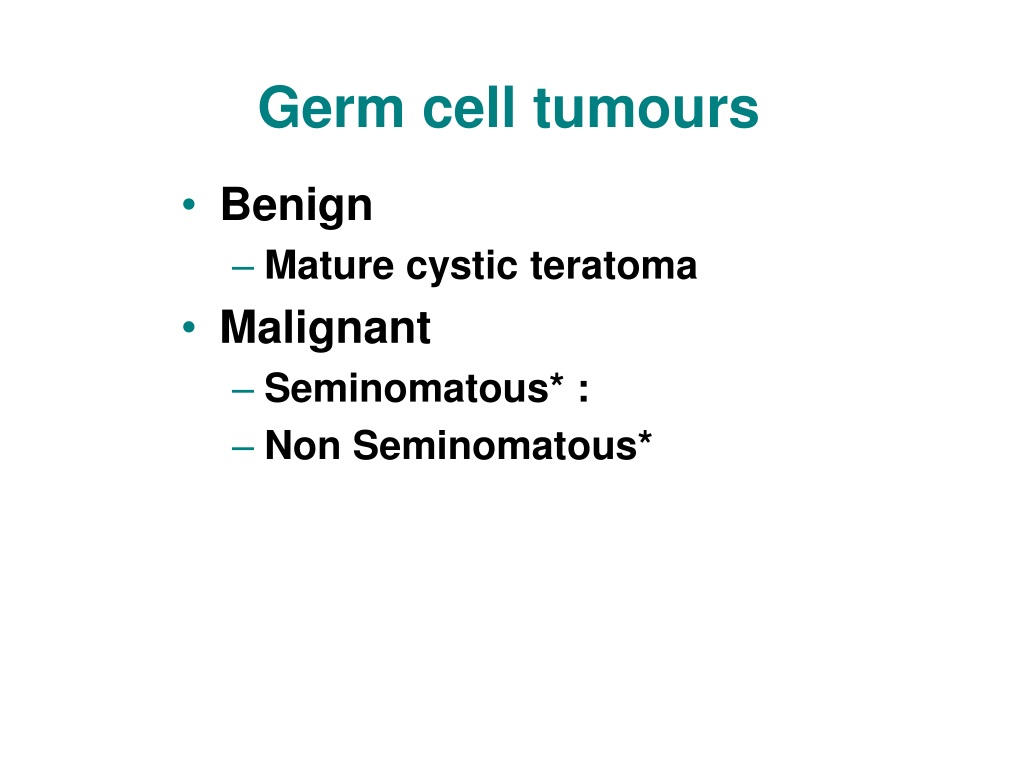

#Sacrococcygeal disorders not elsewhere classified code
98 is a billable/specific ICD-10-CM code that can be used to indicate a diagnosis for reimbursement purposes. M53.2X8 (sacral and sacrococcygeal region) - M53.2X9 (site unspecified) Sacrococcygeal disorders M53.3 (sacrococcygeal disorders, not elsewhere classified) 724.6 (above) M53.8 (other specified dorsopathies) 724.9 (other unspecified back disorders) - M53.85 (thoracolumbar region) - M53.86 (lumbar region) - M53. What is the ICD 10 code for sacroiliac inflammation Unspecified inflammatory spondylopathy, sacral and sacrococcygeal region. This value set is not used here it may be used elsewhere (e.g.Diseases of the musculoskeletal system and connective tissue 3: Sacrococcygeal disorders, not elsewhere classified. ValueSet: Conditions associated with chronic painĬonditions that indicate chronic pain or are likely to cause chronic pain. In the sacrococcygeal region, 48 of chordomas arise in the sphenoocciput, 39 arise. Algorithm for the differential diagnosis and treatment of low back pain. Data are based on death certificates for U.S. Sacrococcygeal disorders, not elsewhere classified: FIG.

The Multiple Cause of Death data available on WONDER are county-level national mortality and population data spanning the years 1999-2018. Sacrococcygeal disorders, not elsewhere classified. This is the American ICD-10-CM version of M53.3 - other international versions of ICD-10 M53.3 may differ.

The 2022 edition of ICD-10-CM M53.3 became effective on October 1, 2021. This version is based on the current content of and changes regularly. Mortality by Multiple Causes of Death in U.S. The mere statement or diagnosis of pain is not sufficient to support the. M53.3 is a billable/specific ICD-10-CM code that can be used to indicate a diagnosis for reimbursement purposes. Coccygodnia can usually be distinguished from pseudococcygodynia by physical examination with the diagnosis being confirmed by injection of local anesthetic into the sacrococcygeal joint. This is not an authorized publication it is the continuous build for version 0.1.0). True coccygodynia consists of pain arising from the sacrococcygeal joint, whereas pseudococcygodynia consists of pain referred to but not arising from the coccyx. Clinical Decision Support for Chronic Pain Management and Shared Decision-Making IG, published by CQF.


 0 kommentar(er)
0 kommentar(er)
